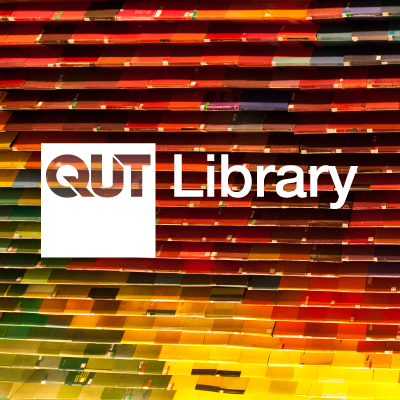Integrating a victim perspective in NSW homicide cases
Abstract
In Australia, where a victim dies as a result of an offence, a family victim impact statement may be tendered detailing the trauma occasioned to family members. All states except New South Wales (NSW) allow such statements to be considered during sentencing. Currently, NSW provides for the tenure of such statements but current authority excludes their consideration on the basis that such statements enable the valuing of one life as greater than another. This article discusses the need to reconsider this rule in accordance with recent Australian and international cases indicating the possible relevance of family statements to the sentencing process. This article further considers the need to redress the exclusion of family perspectives on the basis that their inclusion is consistent with policy changes to NSW law and practice in the mid 1990s integrating the victim in key legal proceedings and the justice system more generally.
Published
Dec 1, 2007
How to Cite
KIRCHENGAST, Tyrone.
Integrating a victim perspective in NSW homicide cases.
QUT Law Review, [S.l.], v. 7, n. 2, dec. 2007.
ISSN 2201-7275.
Available at: <https://lr.law.qut.edu.au/article/view/136>. Date accessed: 01 feb. 2021.
doi: https://doi.org/10.5204/qutlr.v7i2.136.
Section
Articles - General Issue
Since 2015-12-04
Abstract Views
1665
PDF Views
1533
Until 2015-12-04:
Abstract Views
625
PDF Views
848
Authors who publish with this journal retain copyright and grant the journal right of first publication with the work simultaneously licensed under a Creative Commons Attribution License (CC-BY) that allows others to share the work with an acknowledgement of the work's authorship and initial publication in this journal.
Articles in this journal are published under the Creative Commons Attribution Licence (CC-BY). This is to achieve more legal certainty about what readers can do with published articles, and thus a wider dissemination and archiving, which in turn makes publishing with this journal more valuable for authors.






